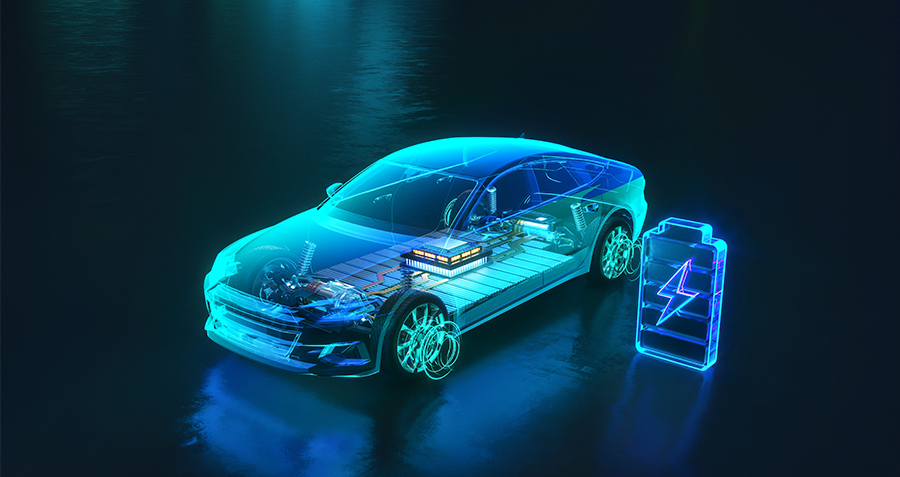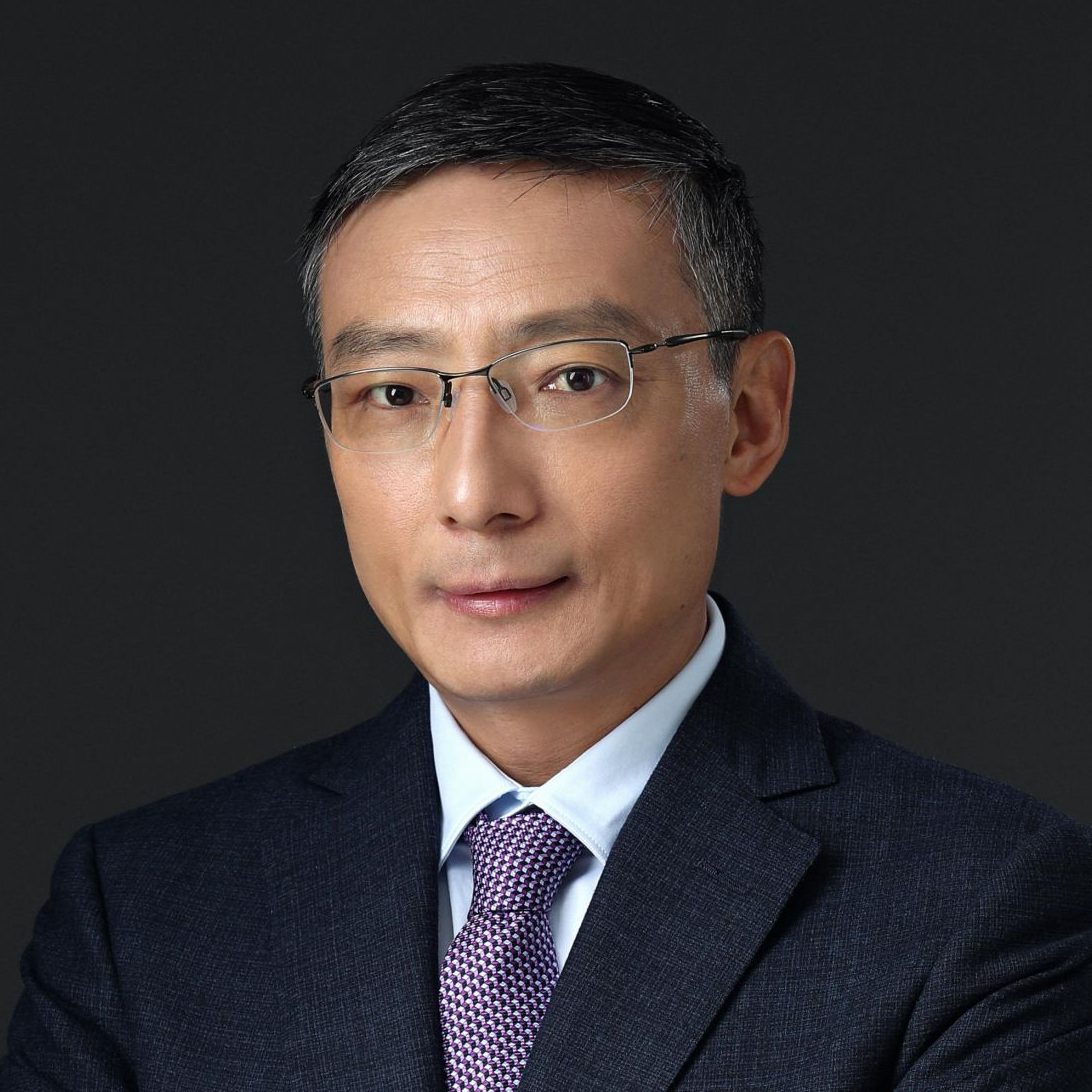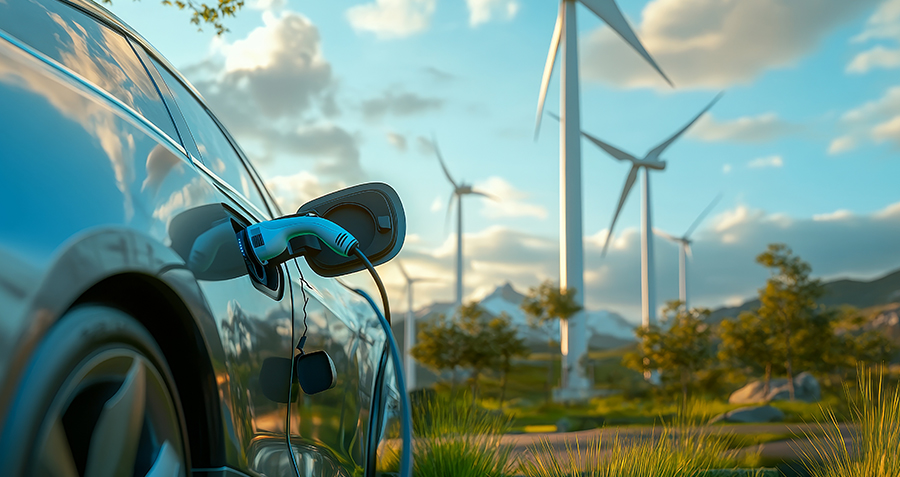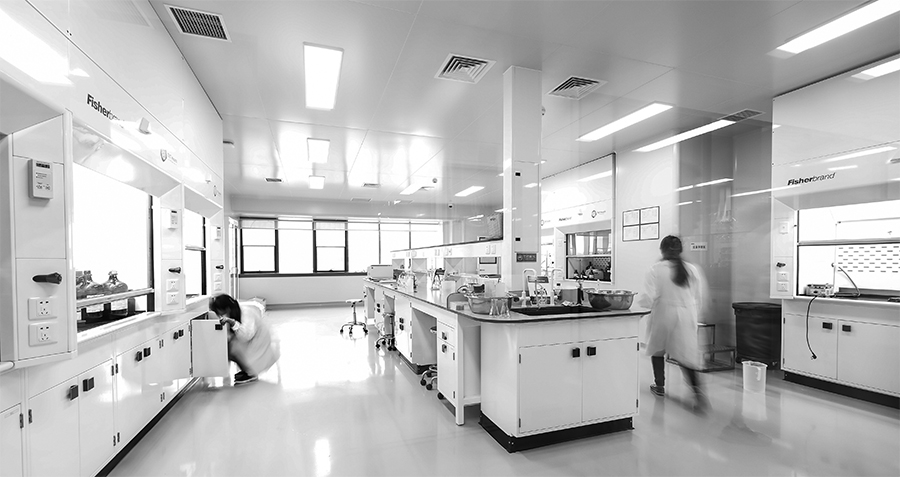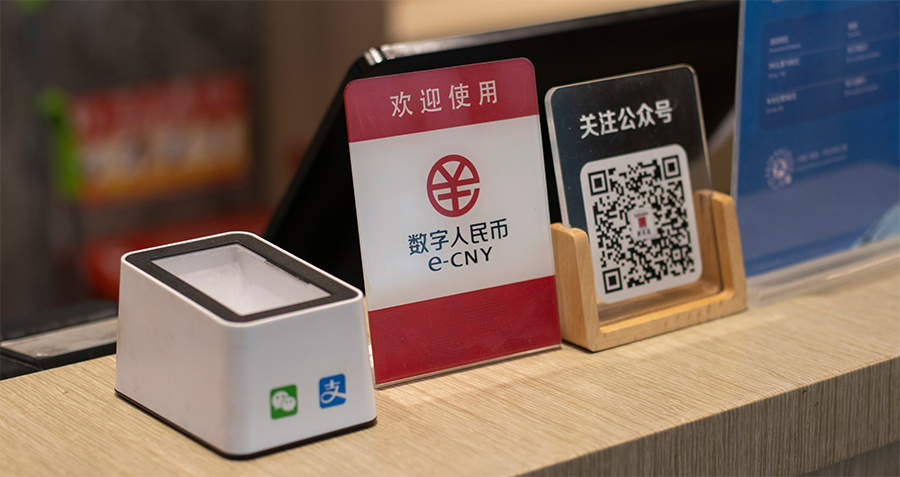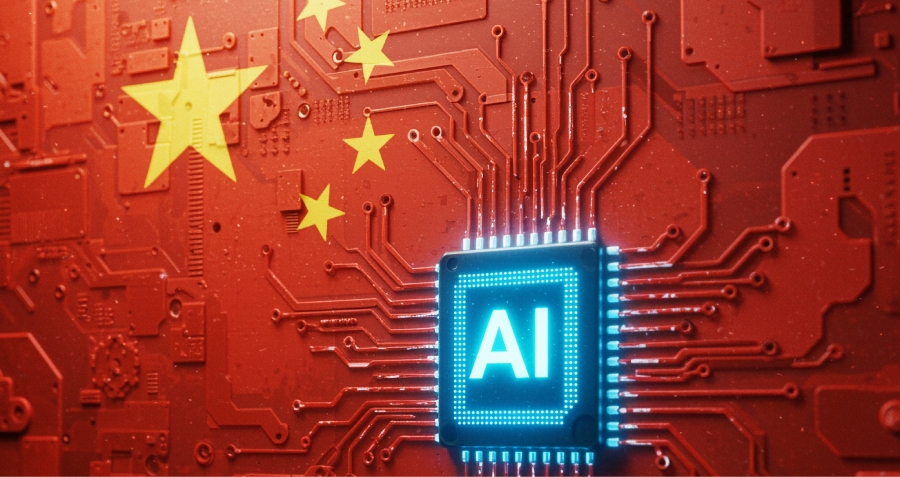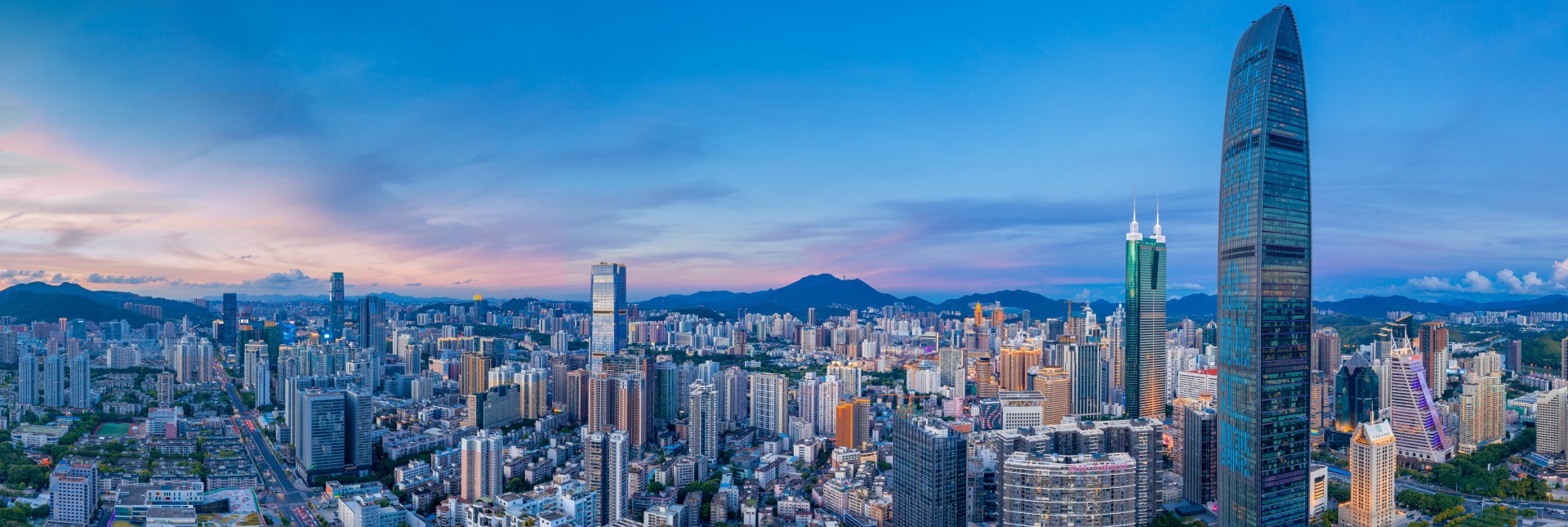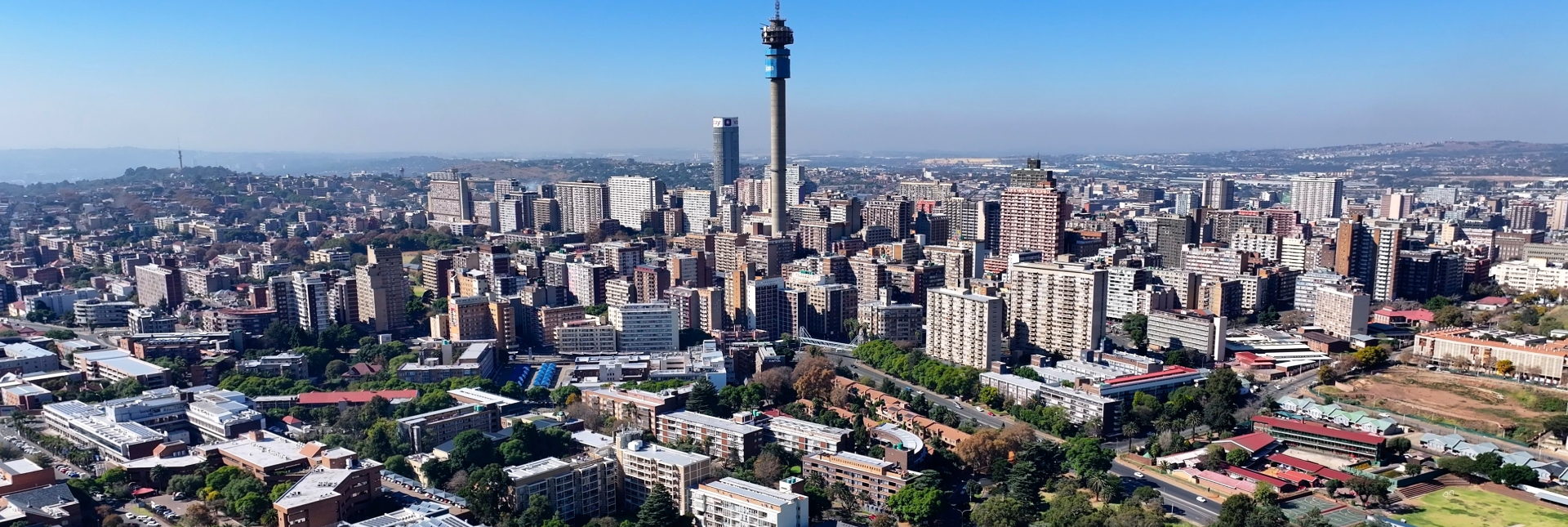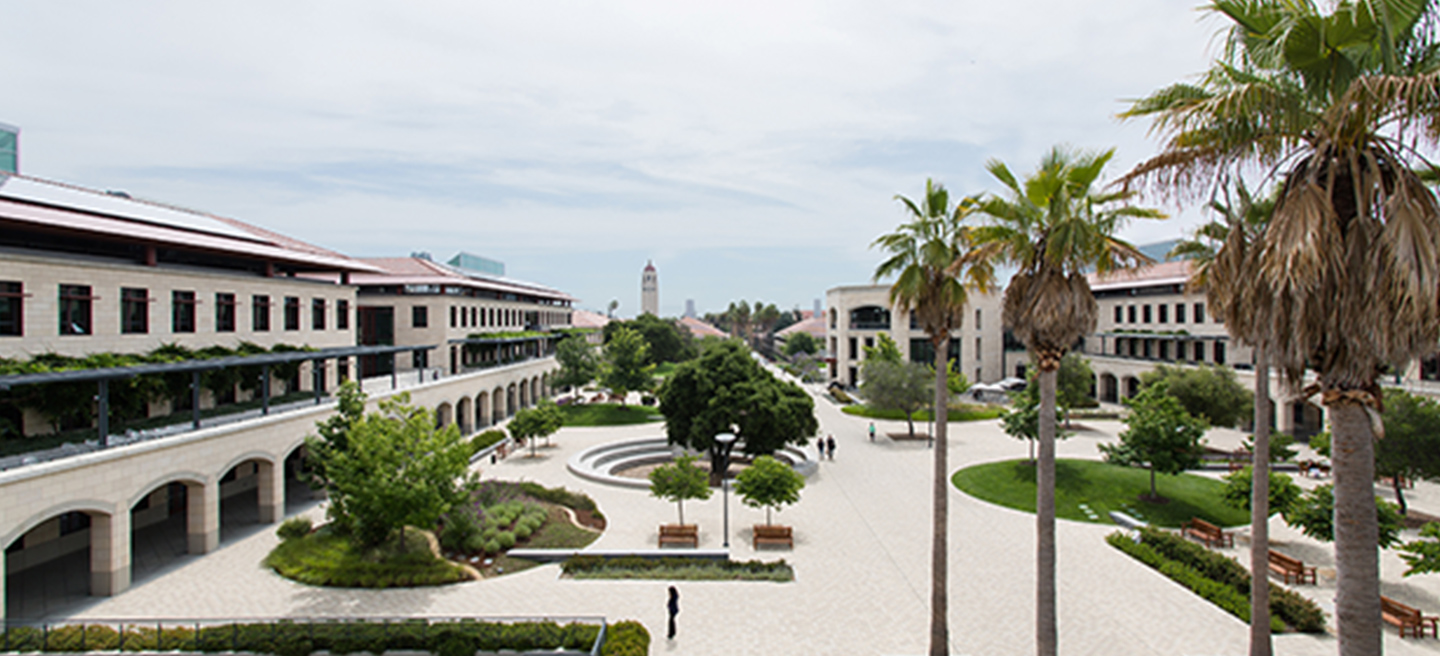Anhui native Wang Chuanfu fortuitously studied metallurgical physical chemistry with a specialization in batteries, and just as fortuitously had the chance to manage a state-owned battery company post-graduation. When he read in 1994 about Japan’s environmental pledge to stop producing nickel-cadmium batteries, Wang saw an opportunity to fill a hole in the supply market with nickel-cadmium batteries for the thousands of phone producers on the make at the dawn of China’s mobile era. Soon after that, in 1995, he left the state-owned company and founded his own, which he named Build Your Dreams, or BYD for short.
Fast forward to the new millennium and having raised HK$1.65 billion from listing BYD in Hong Kong in 2002, Wang Chuanfu decided to diversify. Seeing five to ten years ahead was key, he noted, realizing that small-scale batteries were small fry. Communications and automobiles and in particular battery-powered cars caught Wang’s eye. If electric vehicles equipped with large batteries could be commercialized, BYD would have space to really develop.
Getting into the car industry
Qinchuan Automobile did not look like a favorable buy when BYD snapped up 77% of its shares for HKD 254 million (approximately USD 32.7 million) a year after listing. Funds dropped the upstart, and BYD’s share price sank by 30% in the first three days of announcing the purchase. Deutsche Securities saw “four unfavorable factors” in the move: cars were not related to BYD’s main business, BYD bought in at too high a price, Qinchuan was not very competitive and all in all, BYD stocks were tarnished by the risky move.
Wang Chuanfu, however, saw the acquisition of Qinchuan as a step towards the industrialization of car batteries. “With such a platform, BYD’s electric vehicle battery industrialization process was accelerated by 2-3 years. Cooperation with car makers alone is not enough,” said Wang Chuanfu.
The tortuous road to EV manufacturing
BYD didn’t build new energy vehicles from the outset but it started its exploration early. BYD built China’s first new energy vehicle charging station in 2006, took the lead in developing a dedicated platform for new energy vehicles, and became the first car company in China to announce the cessation of fuel vehicle production and sales in March 2022. Since entering the car industry, more than a decade had passed before BYD made good on its aim in the car industry and released its first new energy vehicle sales champion in 2015. However, this was followed by explosive growth for BYD and the industry. How did BYD get there?
1. BYD was well prepared for the fuel to electric transition
Ever since 2003, BYD has been developing traditional fuel cars and new energy concept cars at the same time, with more resources invested in its fuel cars represented by Flyer and F3, as producing new energy vehicles still faced uncertainty and technical difficulties back then. BYD has since produced cars cheaply in scale with fast product iteration, mass production capability, and reliable quality. This got BYD ready for its strategic transformation during 2008 and 2010.
In September 2008, Warren Buffett invested in BYD shares through Berkshire Hathaway’s subsidiary MidAmerican Energy, acquiring a 10% stake for USD 230 million. Charlie Munger, Buffett’s partner told Fortune magazine that Wang Chuanfu was “a combination of Thomas Edison and Jack Welch – he solves technical problems like Edison, and gets done what he needs to do like Welch. I have never seen anyone like him.”
In January 2009, as China launched the “10 cities and 1,000 vehicles” pilot for new energy vehicles, China’s national finance would provide subsidies for the promotion of EV models. Shenzhen, where BYD was headquartered, was among the first pilot cities to join the scheme. Its F3DM model was among the first in China’s Ministry of Industry and Information list. Seizing this opportunity, the only EV sedan in the line-up, BYD’s E6, became a taxi demo model in Shenzhen.
2. BYD explored different technologies
Wang Chuanfu realized that might be the dawn of BYD’s new success with its EVs but multiple challenges loomed on the bumpy road ahead.
Batteries, as well as other key components of EVs, are not cheap, making EVs much more expensive and hence less appealing than fuel vehicles to non-environmentally-conscious consumers. Lack of charging stations was yet another challenge. Government subsidies designed to alleviate these issues, however, would not be there forever. That left BYD no other option but to embrace technological innovation to break through.
In terms of technological innovation, Wang Chuanfu believes that BYD has made full use of China’s “engineering bonus” – China has the largest number of science and engineering talents in the world.
While Tesla chose to go the pure electric route, BYD had a dual strategy of advancing the technology behind both pure electric and plug-in hybrid electric cars, with expectations on the latter.
In terms of batteries, car companies such as Tesla chooses lithium batteries, while BYD has long insisted on the development of lithium iron phosphate batteries which is safer and cheaper, but with a lower energy density and faster “power loss” at low temperatures. However, as the Chinese government gradually cut its subsidies to EVs in 2020, BYDs’ plug-in hybrid electric cars had a whopping drop in sales volume that year, much more severe than that of its pure electric cars.
Wang Chuanfu once reviewed this journey in a speech in 2024. “Why didn’t users choose our plug-in hybrids? There are many reasons. I have to admit that our plug-in hybrid technology at that time was not good enough, which made consumers’ experience not good enough regarding power loss. For a car that was twice the price than that of fuel vehicles of the same grade, it was just not appealing to consumers. For 19 years, we have poured countless energy and painstaking efforts, but we still have not been recognized by the market…… In fact, I am very anxious. But I always have a belief in my heart that a plug-in hybrid car should be the primary option for most Chinese families, and I must stick to it no matter what.”
With Wang Chuanfu’s persistence, BYD developed its Blade Battery in 2020 and the Super DM (Dual Model) Plug-in Hybrid Technology in 2021.
With the super hybrid DM-i technology (i.e., the fourth-generation DM technology), plug-in hybrids’ fuel consumption is equivalent to half that of regular fuel vehicles. Their acceleration is faster than for fuel vehicles. They make less noise, and cost the same as fuel vehicles of the same grade, a welcome advance among consumers.
Empowered by these two technological innovations, plug-in hybrid electric cars became one of the two major growth drivers for BYD, the other being pure electric cars.
3. BYD’s vertical integration strategy of supply chain and its evolutions
In manufacturing, cost cutting and improvements in efficiency are chief goals. In taking EVs from the lab to the market, BYD had to stress test the cars in terms of cost and efficiency to assess their large-scale commercial potential. Vertical integration, among other strategies, has contributed to BYD’s initial success.
With vertical integration, BYD insisted that, except for the tires and the glass, everything else was made in-house. The vertical integration strategy helped BYD survive the initial period (2003-2010) when it built its own automobile parts, moulds, and wafers. However, that heavily strained BYD’s financial system during 2011 and 2017. As a result, since 2017, BYD has started to step a little bit away from the comprehensive production model and to source more parts from capable suppliers. The company has opened up power battery supply to the industry and has collaborated with major automobile manufacturers such as Great Wall, BAIC, and GAC. BYD was also planning several spin-offs but hit the rocks. For example, in early 2018, BYD revealed that its power battery business was expected to be divested by the end of 2018 or early 2019, and was expected to be listed independently in 2022-2023. But later its power battery business was no longer disclosed as a separate business segment.
Although BYD said it would be more open and inclusive in 2018, as the sales of its new energy vehicles soared since 2021, however, it produced key components mostly for its own cars.
By the time the Chinese government halted its subsidies for new energy vehicles in 2022, BYD had built a competitive foothold in the market. In 2023, BYD’s new energy vehicle sales exceeded 3 million units, making it the champion of EVs. BYD has also become one of the few new energy vehicle manufacturers in the world that has made a profit.
The article was published in Chinese on Zhenghedao.
Li Wei, Professor of Economics, CKGSB; Yan Min, Researcher, CKGSB





